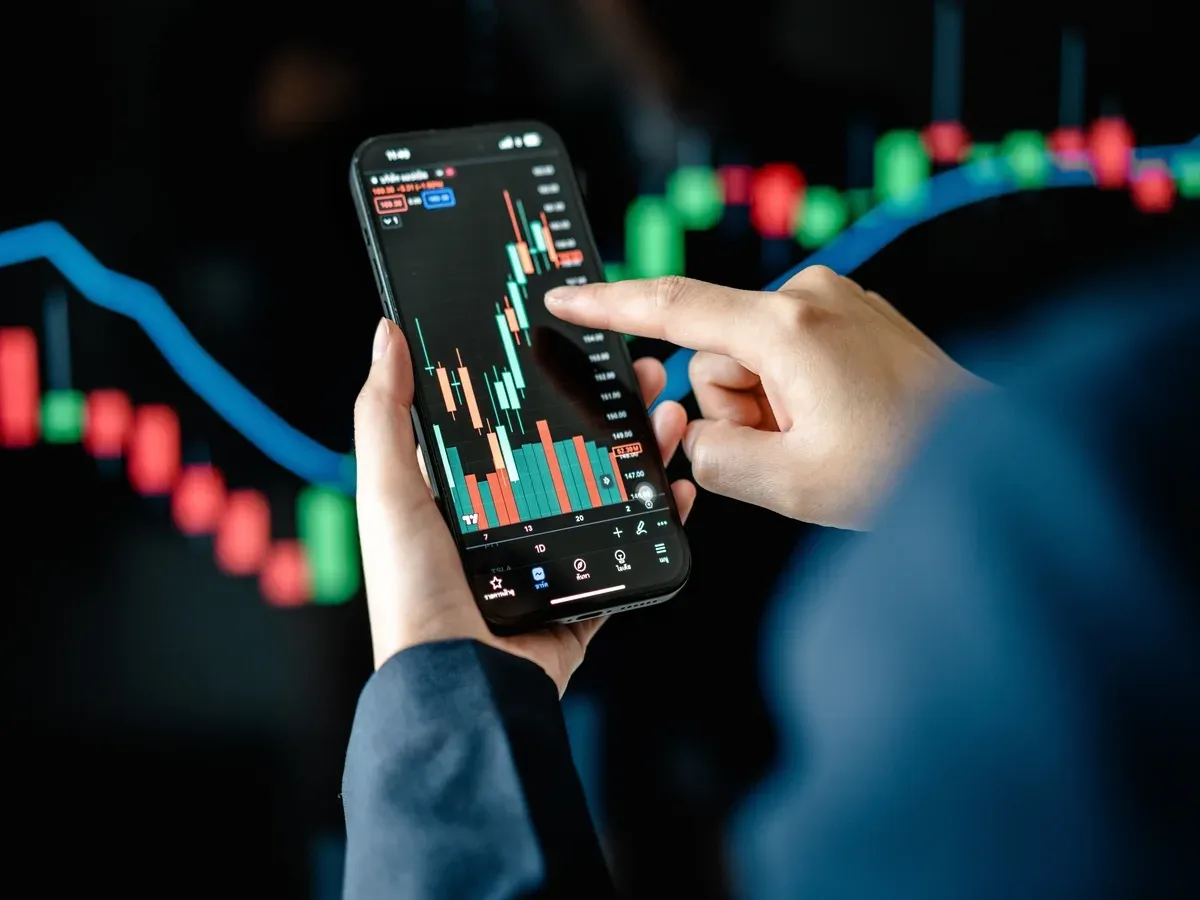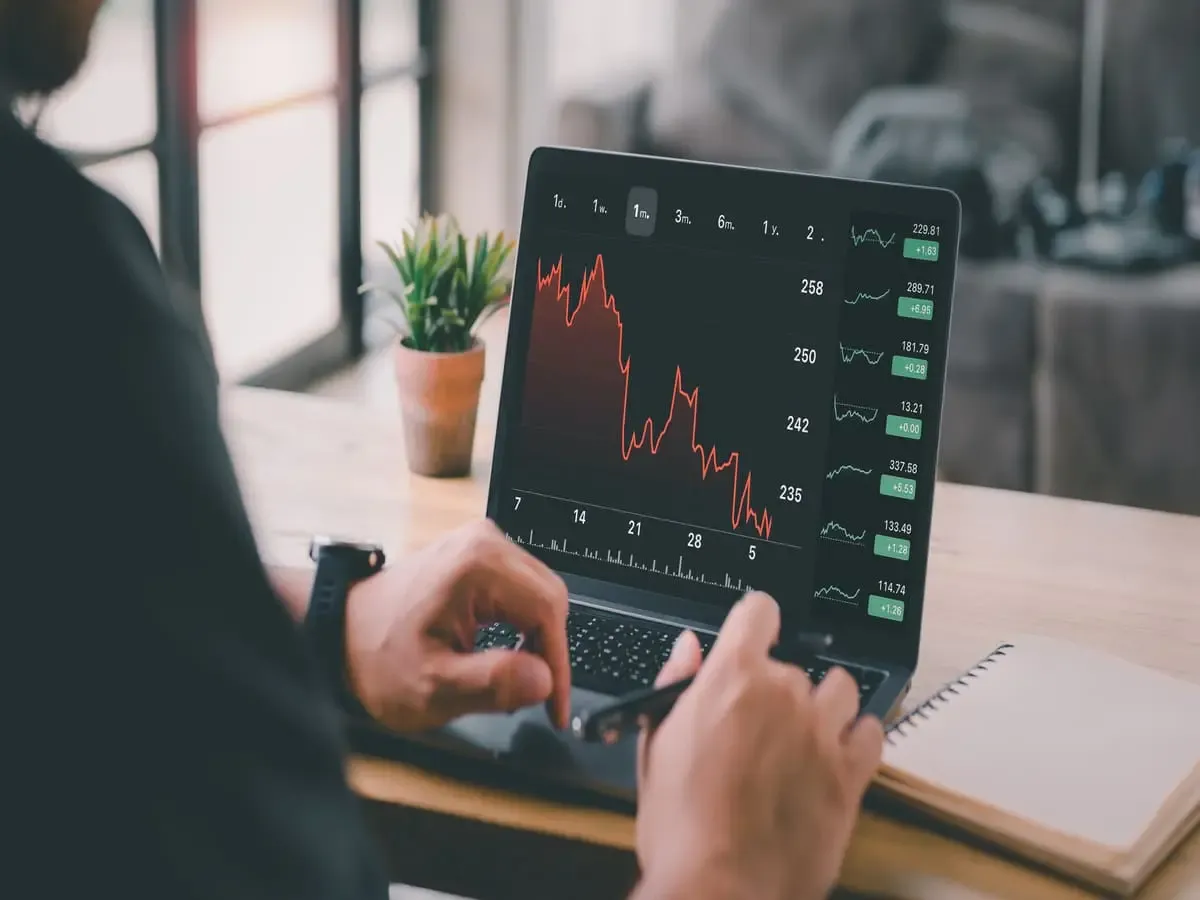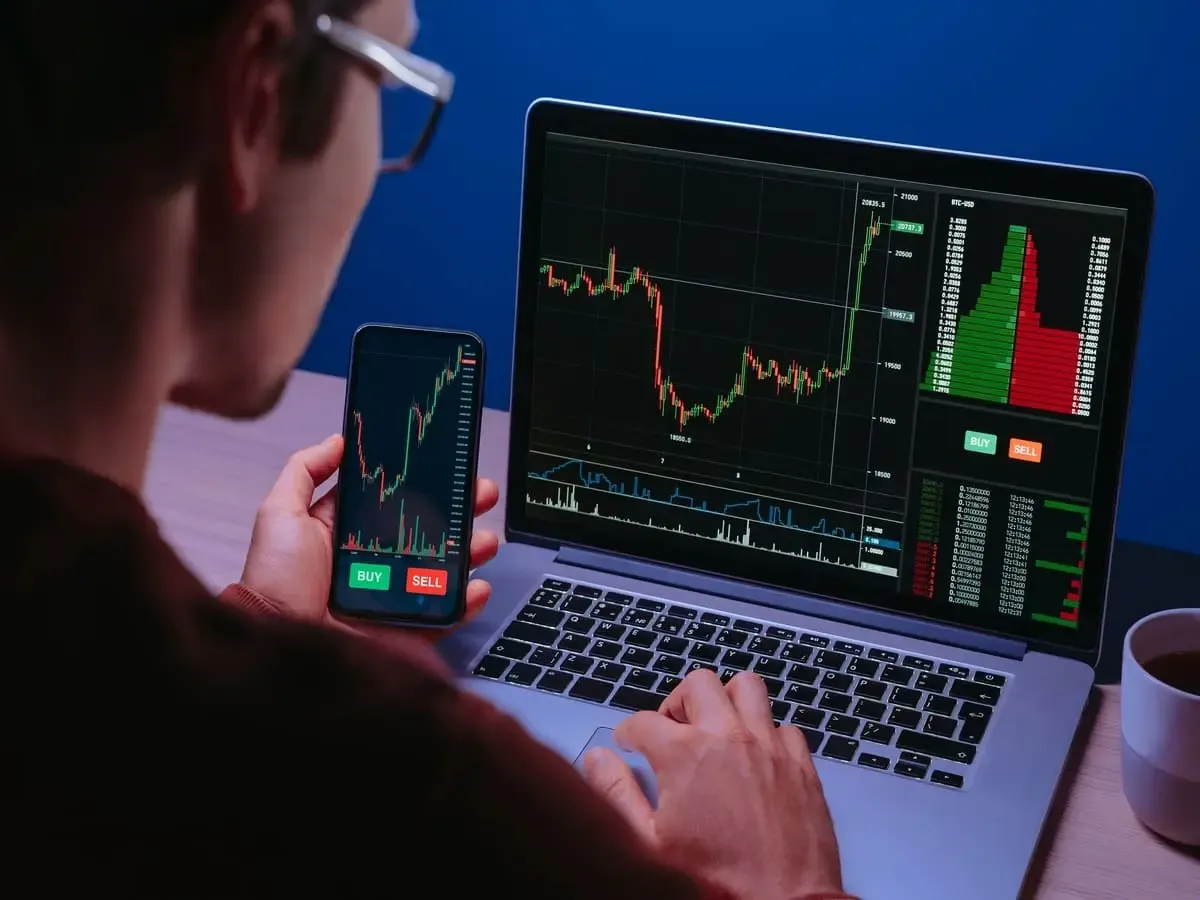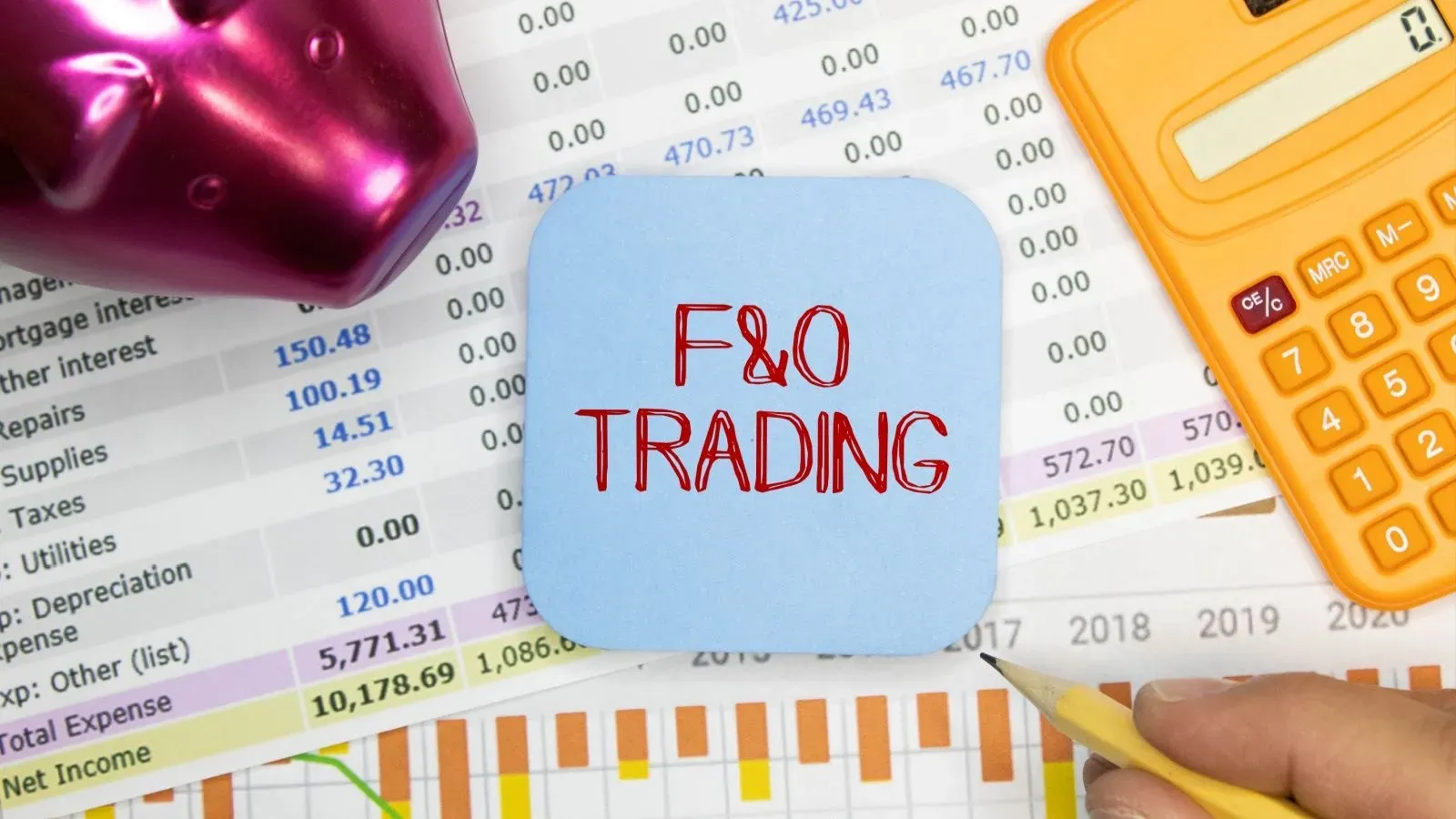What are Naked Options?
Written by Upstox Desk
Published on July 31, 2025 | 7 min read

What are options?
Options are derivative contracts that grant the buyers (holder or owner) the right to buy or sell the underlying asset at a specified price and quantity on a specified date in the future.
What are naked options?
Naked options are a single-leg strategy, wherein the trader takes a position in an option contract without having a pre-existing position in the underlying in the cash market or future market.
Types of options: Call and Put
-
Call option
-
A call option is a derivatives contract that allows the holder of the contract to benefit from an up move in the underlying.
-
A call option buyer has the right to buy the underlying asset while the call option (seller) writer has an obligation to sell the underlying asset at the predetermined strike price when the buyer of the call option exercises this option.
-
Put option
-
A put option is a derivatives contract that allows the buyer to benefit from a down move in the underlying.
-
A put option buyer has the right to sell the underlying asset at a predetermined price, at a predetermined time.
-
Similarly, the put option seller, also known as “writer”, has an obligation to buy the underlying asset at the predetermined strike price when the buyer of the put option exercises this option.
Naked option buying: Buy Call, Buy Put
-
Buy Call
-
When buying a call option, the investor has a bullish outlook on the underlying.
-
The buyer is required to pay the premium to the seller.
-
The profit potential is high.
-
Loss for the buyer is limited to the premium paid.
-
Break-even point is calculated by adding the strike price and the premium.
-
For example: Mr. Jain buys one lot of Infosys 2,000 strike price call option of the current month's expiry for the premium of ₹100.
So here,
-
Underlying: Infosys
-
Expiry: Current month
-
Strike price: ₹2,000
-
Lot size: 300
-
Premium paid: ₹100
-
Total premium paid = Lot size x premium paid = 300 x 100 = ₹30,000.
-
Break even point = Strike price + premium paid = 2,000 + 100 = ₹2,100.
-
Mr. Jain will incur a profit if at expiry Infosys is trading above ₹2,100 and a loss if it is trading below it. However, the loss is limited to the total premium paid i.e. ₹30,000.
-
Buy Put
-
When buying a put option, the investor has a bearish outlook on the underlying.
-
The buyer is required to pay the premium to the seller.
-
The profit potential is high.
-
Loss for the buyer is limited to the premium paid.
-
Break-even point is calculated by subtracting the premium from the strike price.
-
For example: Ms. Rathore buys one lot of Infosys 2,000 strike price put option of the current month's expiry for the premium of ₹100.
So here,
- Underlying: Infosys
- Expiry: Current month
- Strike price: ₹2,000
- Lot size: 300
- Premium paid: ₹100
- Total premium paid = Lot size x premium paid = 300 x 100 = ₹30,000.
- Break even point = Strike price - premium paid = 2,000 - 100 = ₹1,900.
- Ms. Rathore will incur a profit if at expiry Infosys is trading below ₹1,900 and a loss if it is trading above it. However the loss is limited to the total premium paid i.e. ₹30,000.
Naked option selling: Sell Call, Sell Put
-
Sell Call
-
When selling a call option, the investor has a bearish or range bound outlook on the underlying.
-
The seller receives the total premium which is paid by the buyer.
-
The loss potential is high.
-
Maximum profit that can be earned on this trade is limited to the total premium received.
-
Break-even point is calculated by adding the strike price and the premium.
-
For example: Mr. Gangar sells one lot of Infosys 2,000 strike price call option of the current month's expiry for the premium of ₹100.
So here,
-
Underlying: Infosys
-
Expiry: Current month
-
Strike price: ₹2,000
-
Lot size: 300
-
Premium received: ₹100
-
Net premium received = Premium X Lot size = 300 x 100 = ₹30,000.
-
Break even point = Strike price + premium received = 2,000 + 100 = ₹2,100.
-
Mr. Gangar will incur a loss if at expiry Infosys is trading above ₹2,100 and a profit if it is trading below it. However the profit potential is limited to the total premium received i.e. ₹30,000.
-
Sell Put
-
When selling a put option, the investor has a bullish or range bound outlook on the underlying.
-
The seller receives the total premium which is paid by the buyer.
-
The loss potential is high.
-
Maximum profit that can be earned on this trade is limited to the total premium received.
-
Break-even point is calculated by subtracting the premium from the strike price.
-
For example: Ms. Rane sells one lot of Infosys 2,000 strike price put option of the current month's expiry for the premium of ₹100.
So here,
- Underlying: Infosys
- Expiry: Current month
- Strike price: ₹2,000
- Lot size: 300
- Premium received: ₹100
- Net premium received = Premium X Lot size = 300 x 100 = ₹30,000.
- Break even point = Strike price - premium received = 2,000 - 100 = ₹1,900.
- Ms. Rathore will incur a loss if at expiry Infosys is trading below ₹1,900 and a profit if it is trading above it. However the profit potential is limited to the total premium received i.e. ₹30,000.
Summary:
| Naked option trading | Naked option buying | Naked option selling | ||
| Point | Buy Call | Buy Put | Sell Call | Sell Put |
| Outlook | Bullish | Bearish | Bearish | Bullish |
| Premium | Pays the premium | Pays the premium | Receives the premium | Receives the premium |
| Profit potential | Unlimited | Unlimited | Limited to the total premium received | Limited to the total premium received |
| Loss potential | Limited to the total premium paid | Limited to the total premium paid | Unlimited | Unlimited |
| Break even point formula | Strike price + premium | Strike price - premium | Strike price + premium | Strike price - premium |
Benefits of trading in naked options
- Cost efficient for buyers: The capital requirement to take a long naked position is lower as compared to an option strategy. However, for option sellers, the capital required for selling naked options is higher as compared to strategies that can help lower the margin required.
- Facilitates liquidity: As the capital requirement is low, more traders can participate and even take multiple positions in the market. This facilitates higher liquidity in options.
Risks of trading in naked options
- Directional risk: If the market moves in the direction opposite to the investor's outlook, he/she will incur a loss.
- High risk: Even though the option buyers’ loss is limited to the premium paid, that amount is 100% of the capital utilised to take the position. Thus buyers’ risk losing their entire capital. For option seller’s the profit potential is limited and loss potential is high. In naked options the seller doesn't have a pre-existing position in the market to set off the loss incurred. This could result in significantly higher losses.
What are the covered options?
Covered options refers to those options, wherein the trader has taken a position in an option contract in which he has a pre-existing position in the underlying in the cash market or future market. The option's position will be used as a hedge.
Naked option vs covered option
| Point | Naked options | Covered options |
| Pre-existing position in cash market or future market | No | Yes |
| Nature | Speculation | Hedging |
| Usage | To earn speculative profit | To protect the underlying asset from downside risk, to lock in profits or to reduce the cost of holding the stock. |
| Strategy | Single-leg strategy | Multi-leg strategy |
| Example | Buy call, buy put etc. | Covered call strategy, protective put strategy etc. |
About Author
Upstox Desk
Upstox Desk
Team of expert writers dedicated to providing insightful and comprehensive coverage on stock markets, economic trends, commodities, business developments, and personal finance. With a passion for delivering valuable information, the team strives to keep readers informed about the latest trends and developments in the financial world.
Read more from UpstoxUpstox is a leading Indian financial services company that offers online trading and investment services in stocks, commodities, currencies, mutual funds, and more. Founded in 2009 and headquartered in Mumbai, Upstox is backed by prominent investors including Ratan Tata, Tiger Global, and Kalaari Capital. It operates under RKSV Securities and is registered with SEBI, NSE, BSE, and other regulatory bodies, ensuring secure and compliant trading experiences.





















